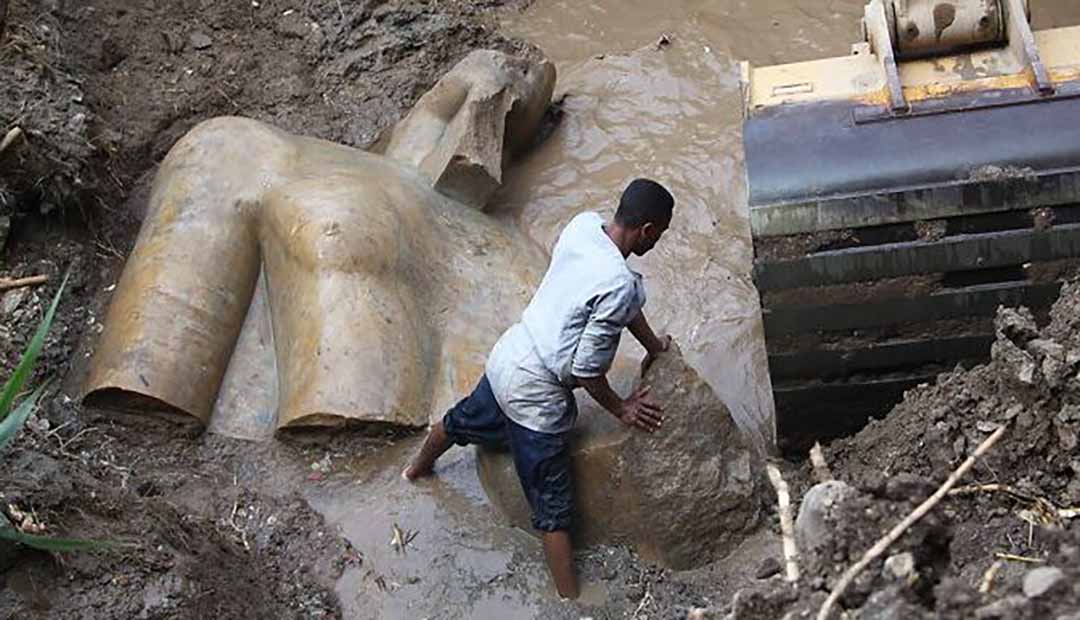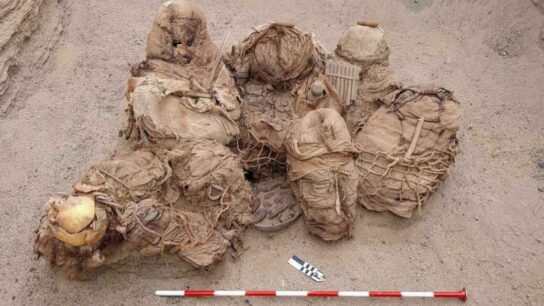3,000-Year-Old Pharaoh Ramses II Statue Unearthed in Cairo Slum: A Groundbreaking Archaeological Discovery
The massive 26 ft (8 meters) statue was found in the groundwater of a Cairo slum by archaeologists from Egypt and Germany. It is likely to represent the revered Pharaoh Ramses II, who controlled Egypt more than three thousand years ago, researchers say.
The find was made near the remnants of the temple of Ramses II, in the old city of Héliopolis in the eastern part of modern Cairo, one of the most significant ever by the Minister for Antiquities.
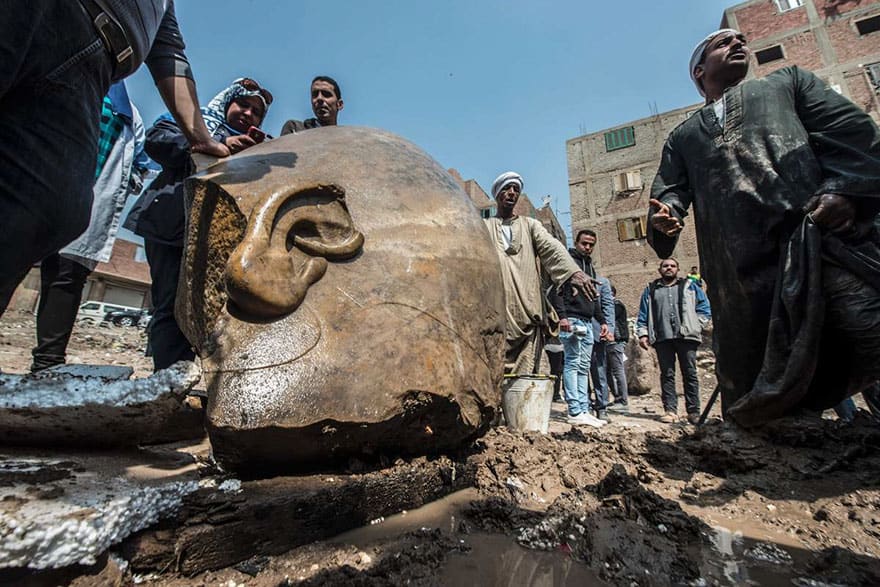
The minister of antiquities, Khaled al-Anani, told Reuters on the site for an unveiling of the statue, that they called me to announce a big discovery of a colossus made from quartzite, most likely from Ramses II.
Ramses the Great was the most powerful and celebrated ruler of ancient Egypt. Known by his successors as the ‘Great Ancestor’, he led several military expeditions and expanded the Egyptian Empire to stretch from Syria in the east to Nubia in the south.
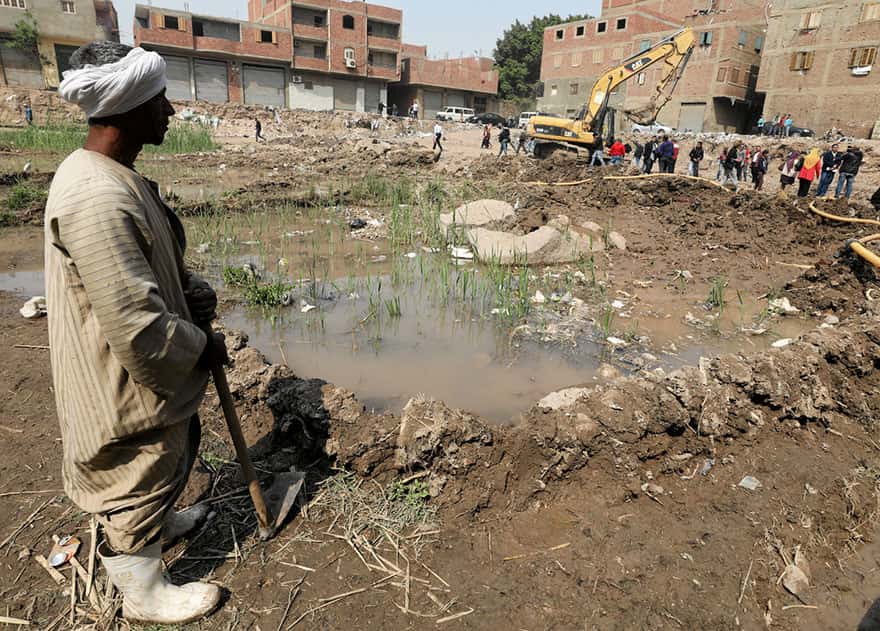
He was the third pharaoh of the Nineteenth Dynasty of Egypt and ruled from 1279 to 1213 BCE.
‘We found the bust of the statue and the lower part of the head and now we removed the head and we found the crown and the right ear and a fragment of the right eye,’ Anani said.
Archaeologists, officials, residents, and members of the news media looked on as a massive forklift pulled the statue’s head out of the water. The joint Egyptian-German expedition, which included the University of Leipzig, also found the upper part of a life-sized limestone statue of Pharaoh Seti II, Ramses II’s grandson, which is 80 centimeters long.
The sun temple in Heliopolis was founded by Ramses II, which increases the likelihood the statue is of him, archaeologists say. It was one of the largest temples in Egypt, almost double the size of Luxor’s Karnak, but was destroyed in Greco-Roman times.
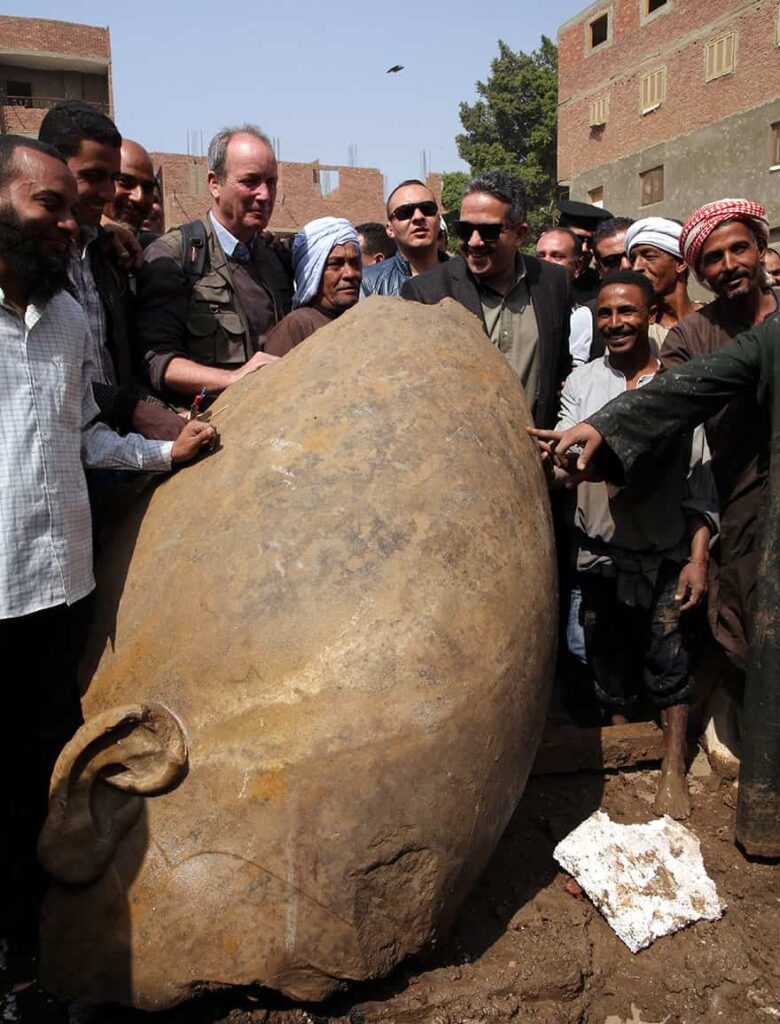
Many of its obelisks were moved to Alexandria or Europe and stones from the site were looted and used for building as Cairo developed. Experts will now attempt to extract the remaining pieces of both statues before restoring them.
If they are successful and the colossus is proven to depict Ramses II, it will be moved to the entrance of the Grand Egyptian Museum, set to open in 2018.
The discovery was made in the working-class area of Matariya, among unfinished buildings and mud roads.
Dietrich Raue, head of the expedition’s German team, told Reuters that ancient Egyptians believed Heliopolis was the place where the sun god lived, meaning it was off-limits for any royal residences.
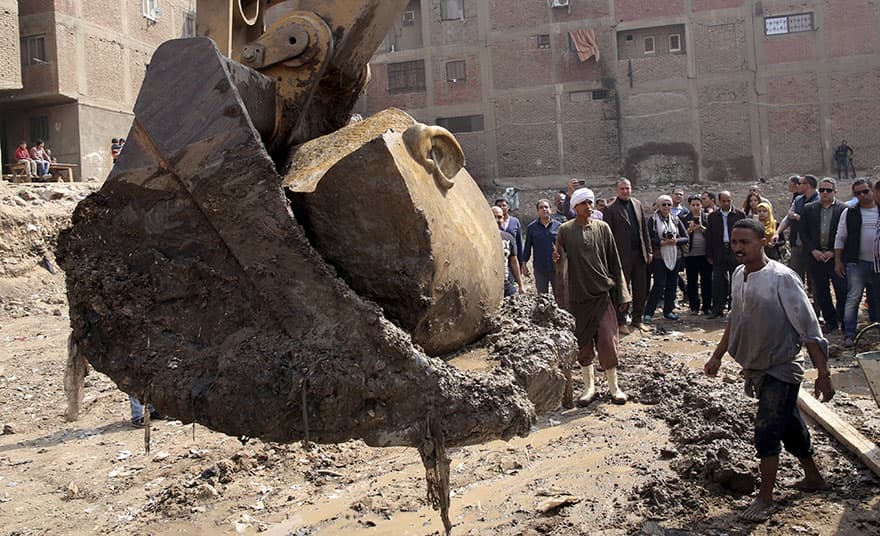
‘The sun god created the world in Heliopolis, in Matariya. That’s what I always tell the people here when they ask if is there anything important. According to the pharaonic belief, the world was created in Matariya,’ Raue said.
‘That means everything had to be built here. Statues, temples, obelisks, everything. But … the king never lived in Matariya, because it was the sun god living here.’
The find could be a boon for Egypt’s tourism industry, which has suffered many setbacks since the uprising that toppled autocrat Hosni Mubarak in 2011 but remains a vital source of foreign currency.
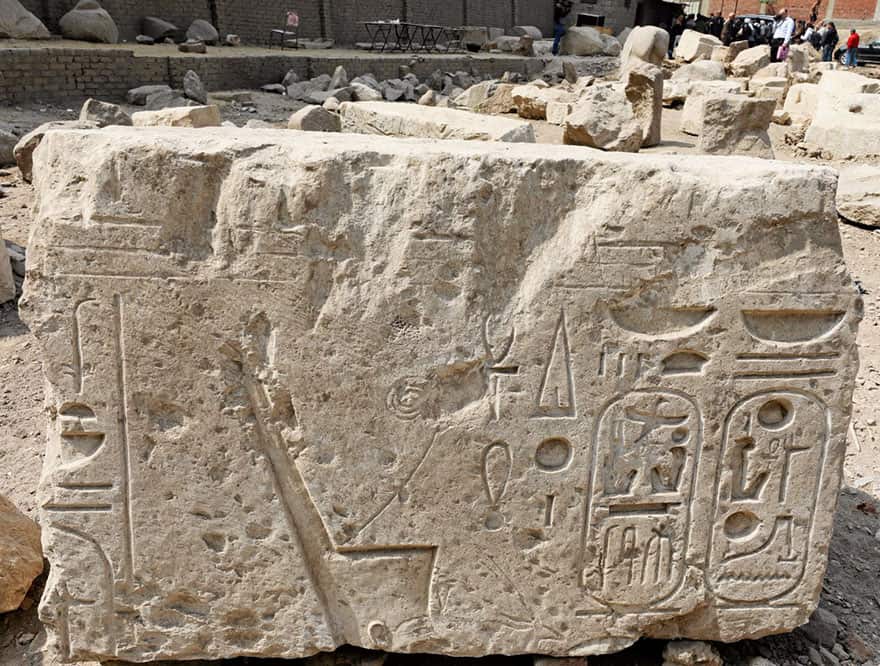
The number of tourists visiting Egypt slumped to 9.8 million in 2011 from more than 14.7 million in 2010.
A bomb attack that brought down a Russian plane carrying 224 people from a Red Sea resort in October 2015 further hit arrivals, which dropped to 1.2 million in the first quarter of 2016 from 2.2 million a year earlier.
